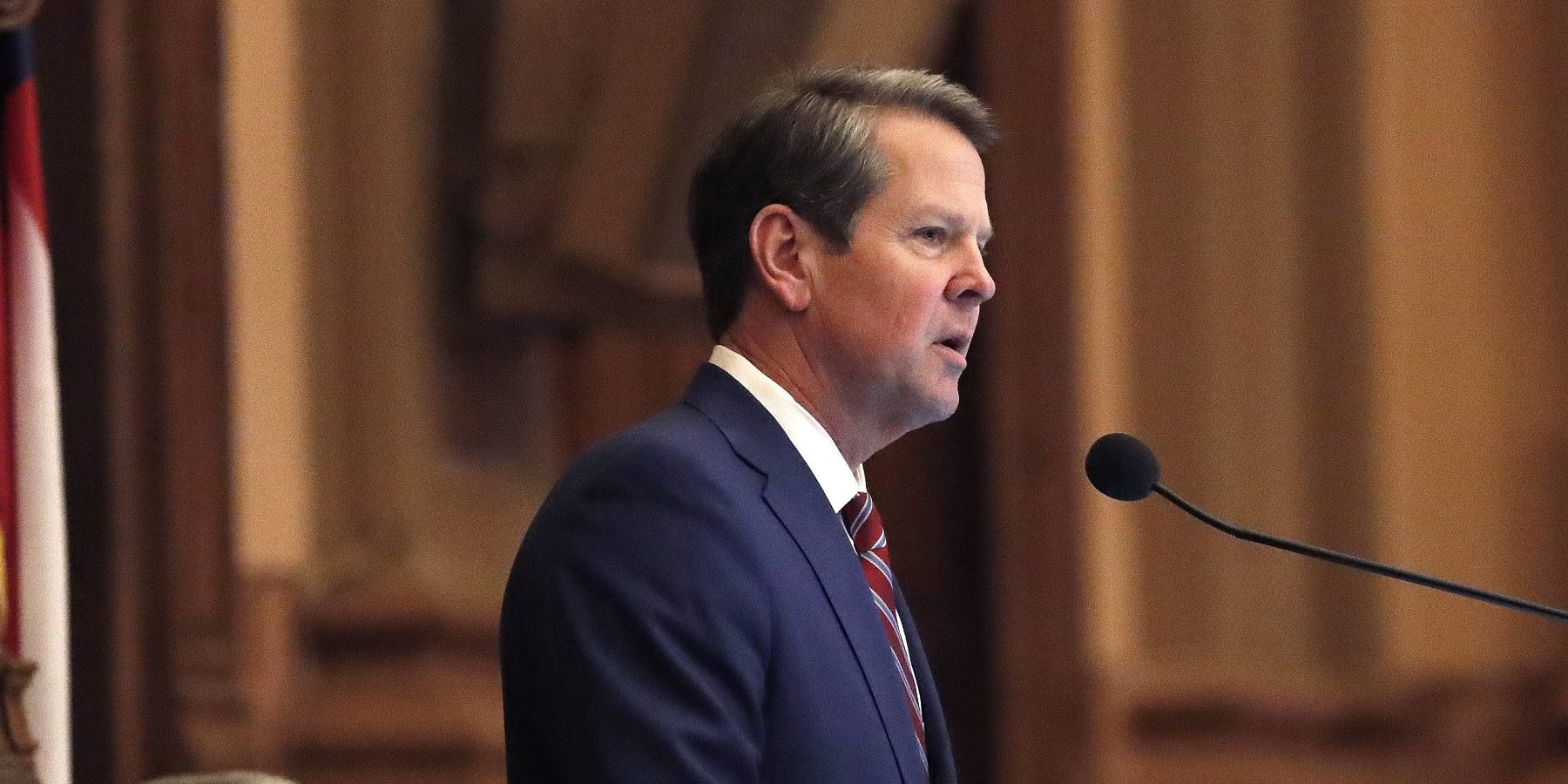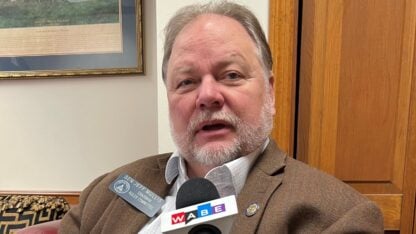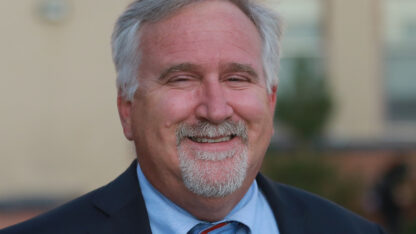Gov. Kemp Promised Teachers A Raise, But State Funds Don’t Cover Everyone

During his campaign, Gov. Brian Kemp promised teachers a $5,000 annual raise. He modified that to $3,000 during his first term in office. If the governor continues to increase teacher salaries and lawmakers don’t update the state’s Quality Basic Education formula, some school districts could be faced with stretching local budgets to cover teacher raises each year of his term.
John Bazemore / Associated Press file
Monday, July 1 is the start of the 2020 fiscal year. That means many Georgia teachers, school psychologists, counselors and other staff members will soon see a bump in their paychecks.
However, some of them might not receive the $3,000 promised by Gov. Brian Kemp. There are a few reasons for that.
The first is that the majority of school districts have signed strategic waiver agreements with the state. Districts can waive certain state requirements in return for improved results, like test scores and graduation rates.
“[School districts are] allowed to waive certain requirements by the state that used to be held as law,” says Stephen Owens, a senior policy analyst at the Georgia Budget and Policy Institute. “So, if the teacher pay scale is one of the things you waive, you absolutely have that ability.”
Another challenge is that state officials calculate the money used for raises through the state’s Quality Basic Education formula, or QBE. It’s a per-pupil funding formula, meaning the more students a school or district has, the more money it earns from the state. This can be problematic for school systems that hire more teachers than QBE allows.
“Almost all school districts employ more teachers than just what’s paid for by the state,” Owens says. “That’s where [districts] would need to make up that difference in order to make sure that the pay raise is equal for all of [their] teachers. They would need to make up that difference with local property taxes.”
Because it’s a per-pupil formula, QBE outlines student/teacher ratios for different grades and academic programs.
For example, the student/teacher ratio for kindergarten is 15:1. $3,000 divided by 15 is $200. So, each kindergarten student increases that school’s funding by $200. If school systems want to hire more teachers than QBE funds, they pay for them locally. That also means if districts want to give every teacher the promised $3,000 raise, they have to find that money in their budgets to pay their local hires.
Most metro Atlanta school districts have decided to give their teachers the $3,000 raise promised by Kemp.
However, some districts have had to chip in local funds to cover the costs.
The Cobb County schools was able to give each employee a raise of between 8% and 12%. The Atlanta Public Schools initially said it could only afford to give teachers a pay increase of about $2,000, but recently said it can afford the full $3,000 due to higher than expected tax revenue. The DeKalb County School District gave teachers the full raise, but had to spend more than $6 million in local money to do it.
State lawmakers enacted QBE in 1985. It has been updated somewhat since then, but contains some requirements that don’t reflect how schools currently operate, says Jarod Apperson an assistant professor of economics at Spelman College.
“If the number of teachers funded in QBE is much less than the actual number of teachers out there in the schools, then you’re not really giving $3,000 raises, and you’re not giving the schools enough to give teachers $3,000 raises,” he says.
During his campaign, Kemp promised teachers a $5,000 annual raise. He modified that to $3,000 during his first term in office. However, if the governor continues to increase teacher salaries and lawmakers don’t update QBE, some school districts could be faced with stretching local budgets to cover teacher raises each year of his term.
“Districts are going to be paying out of their own pocket in order to keep up with this, and that’s going to inequitably hurt those low-wealth districts the most, which is our rural, kind of larger in geography size and lower population districts,” Owens says.








